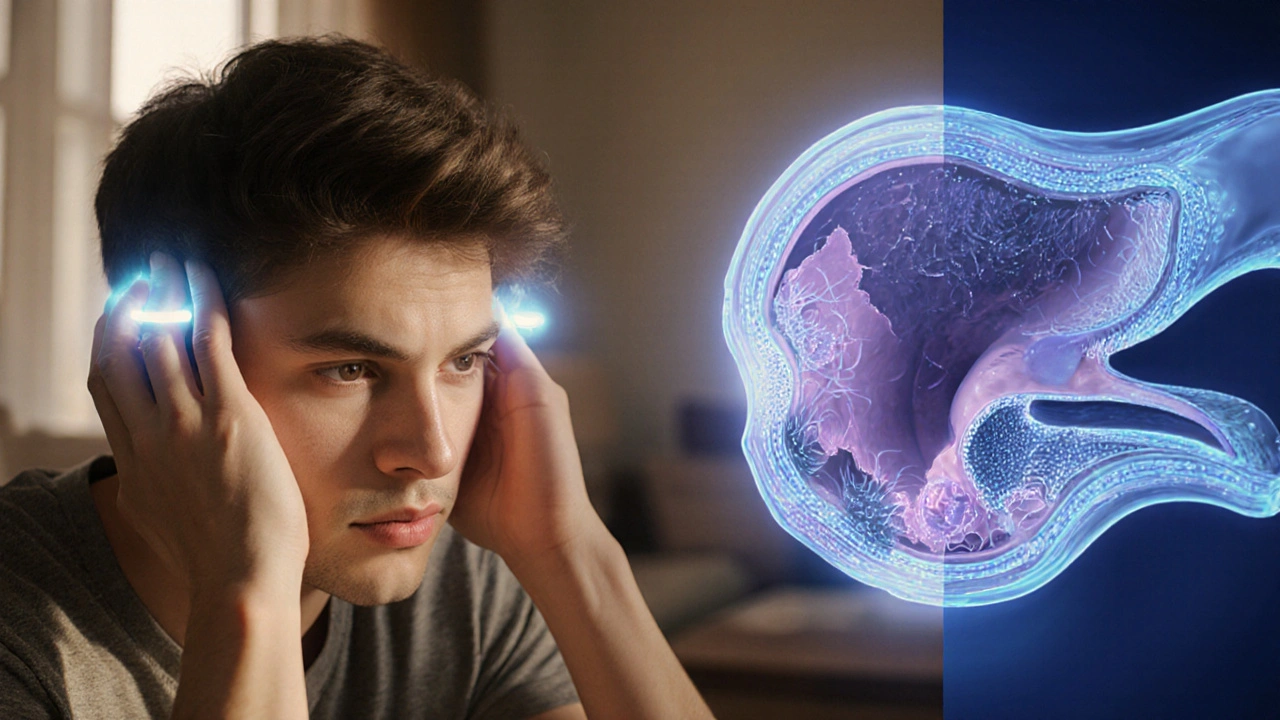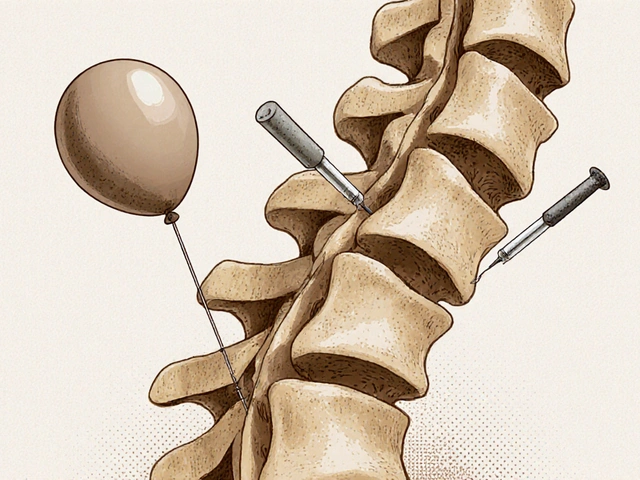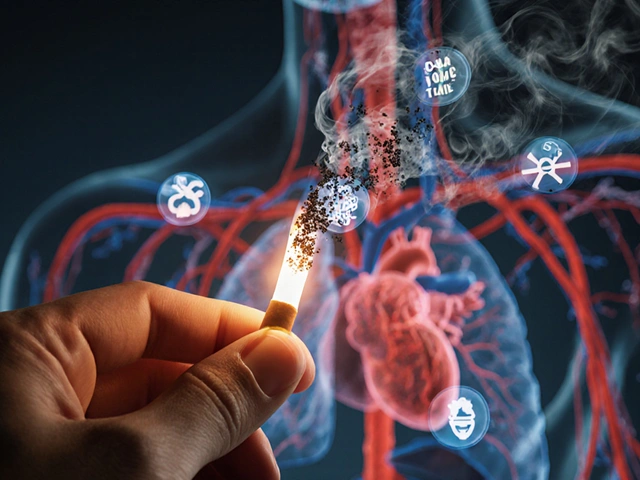Hearing Loss: What It Is and Why It Matters
When dealing with hearing loss, a reduction in the ability to perceive sound that can affect communication and safety. Also known as auditory impairment, it shows up in many forms and can stem from everyday habits or medical issues.
One major type is noise‑induced hearing loss, damage caused by prolonged exposure to loud sounds such as concerts, machinery, or headphones. This condition demonstrates how environmental factors directly influence hearing loss. Wearing earplugs, lowering volume, and taking listening breaks are simple steps that cut the risk.
Another key player is ototoxic drugs, medications like certain antibiotics, chemotherapy agents, or diuretics that can harm inner‑ear cells. Their impact illustrates the link between pharmaceutical treatment and auditory health. Always discuss potential side‑effects with your doctor and ask about hearing‑preserving alternatives when possible.
Middle‑ear infections also contribute to temporary or permanent hearing loss. When fluid builds up behind the eardrum, sound vibrations are dampened, leading to muffled hearing. Prompt treatment with antibiotics or drainage can restore hearing and prevent lasting damage, showing how infectious processes intersect with auditory function.
People often notice a ringing or buzzing sound alongside hearing deterioration. This symptom is known as tinnitus, the perception of sound without an external source, frequently accompanying hearing loss. Recognizing this co‑occurrence helps target both issues with sound therapy or medication.
Practical Ways to Keep Your Ears Healthy
Preventing hearing loss starts with awareness. Limit exposure to sounds over 85 dB, use custom‑fit ear protection in noisy jobs, and follow the 60/60 rule for headphones—no more than 60 minutes at 60% volume. Regular breaks give ear cells time to recover.
Screenings are essential, especially if you’re on ototoxic medication or have a history of ear infections. An audiologist can run pure‑tone audiometry, speech‑in‑noise tests, and otoacoustic emissions to pinpoint the type and degree of loss. Early detection often means better outcomes.
Treatment choices depend on severity. Mild loss may improve with hearing‑protective strategies and medical management of infections. Moderate cases often benefit from hearing aids that amplify sound tailored to your audiogram. For severe or profound loss, cochlear implants bypass damaged hair cells and directly stimulate the auditory nerve, restoring speech perception for many users.
Beyond devices, therapies like auditory training, lip‑reading classes, and counseling address the social and emotional impact of hearing loss. Addressing tinnitus with sound‑masking or cognitive‑behavioral therapy can also improve quality of life.
Our collection below pulls together expert articles that dive deeper into each of these topics—whether you’re curious about the science behind noise damage, need tips on choosing safe medications, or want to explore the latest hearing‑aid technologies. Keep reading to get the detailed guidance you need to protect and restore your hearing.

- Oct 9, 2025
- Posted by Cillian Osterfield
Tinnitus and Hearing Loss: Understanding Their Connection
Explore how tinnitus and hearing loss are linked, the shared causes, when to seek help, and practical steps to manage both conditions.
Categories
- Health and Wellness (61)
- Medications (45)
- Health and Medicine (22)
- Pharmacy Services (11)
- Mental Health (5)
- Health and Career (2)
- Medical Research (2)
- Business and Finance (2)
- Health Information (2)
Latest Posts
©2025 heydoctor.su. All rights reserved





